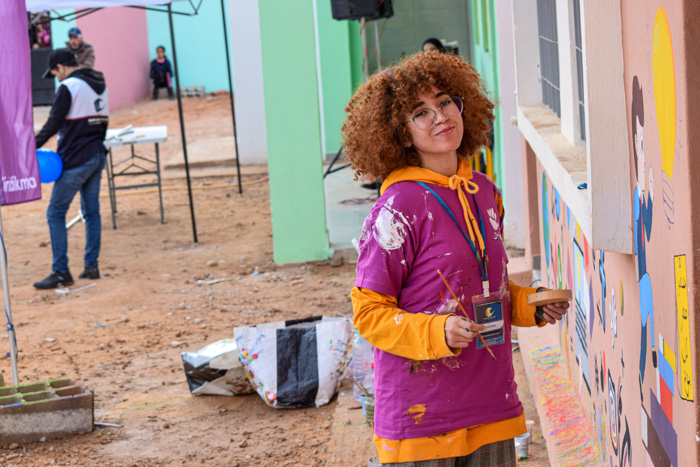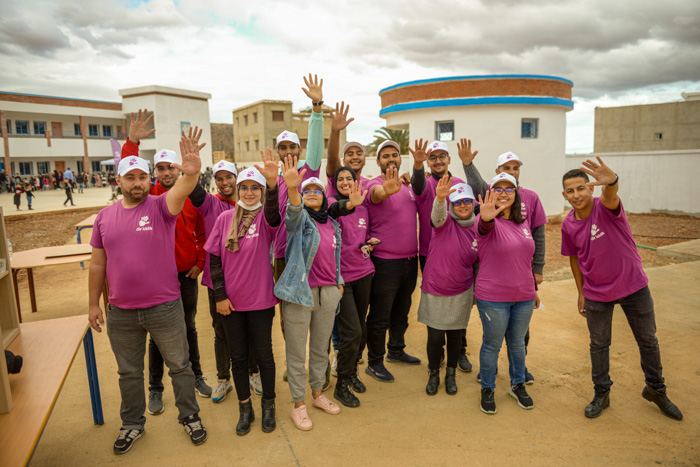
The mobilization and recruitment of volunteers is at the top of the list of recurring problems expressed by associations. While the culture of volunteering is growing steadily, with a positive impact on the number of registered volunteers, attracting and retaining these volunteers is much more complex.
Collective commitment with an individual dimension
Volunteers today are committed to associations and NGOs in a more punctual and pragmatic way than before. They prefer teamwork and tasks that involve collaboration, and their main objective is to have a real impact on their respective communities while building new relationships with others.
Gone are the days where volunteers gave their time out of principle and were not so demanding. Instead, we are now facing informed and demanding young people who aim to take responsibility, seek new experiences and are eager to expand their academic and professional careers.
Although advocating for a group culture, they are adept at volunteering in a way that corresponds to their individual capabilities. They appreciate being valued, such as through tailor-made training schemes and award ceremonies for the most committed individuals.
A Strong Sensitivity to Causes
As Millennials, volunteers who were born after 1980 are naturally committed to various causes, such as the environment, equality, and individual freedoms. As such, it becomes essential to meet their different expectations and highlight the values of the recruiting organization, whether it is a company or a nonprofit.
They can be engaged (or, indeed, repelled) by a simple hashtag, a call for donations on social networks, or a video that creates buzz. The success of crowdfunding platforms is a perfect example of their willingness to support a cause (or a product) without prior guarantees.
Such a volunteer is, therefore, an advocate for a cause and seeks answers to existential questions such as "how can I be of service?" and "what is my contribution as an individual?"
A Reliance on Technology and Communication Media
Volunteers, especially younger ones, are highly connected and have grown up in societies where entertainment has become more trivial. It is therefore essential to communicate online to attract them, using hashtags and locations, adding filters to photos, and producing videos and livestreams. Importantly, they should be asked to give their opinions on social networks and share information on issues that are important to them. The emphasis here should be on fun and enjoyment.
In short, they are looking for concrete and visible results of their actions that they can share with their friends and contacts.
We recommend the following for event organizers who wish to attract a young audience:
- Engage middle and high school students to take part
- Use fun tools
- Diversify the forms of volunteering through "e-volunteers"
For older audiences, the following is key:
- Communicate clearly about the association's project and the charter of mutual commitment
- Promote the intergenerational transmission of skills and values by approaching future retirees in advance
While it might be increasingly easy to attract large numbers of volunteers, it is also becoming more difficult to retain them. The main objective of the Dir iddik platform is, among other things, to remedy this decline in long-term commitment. More information can be found at www.diriddik.ma



